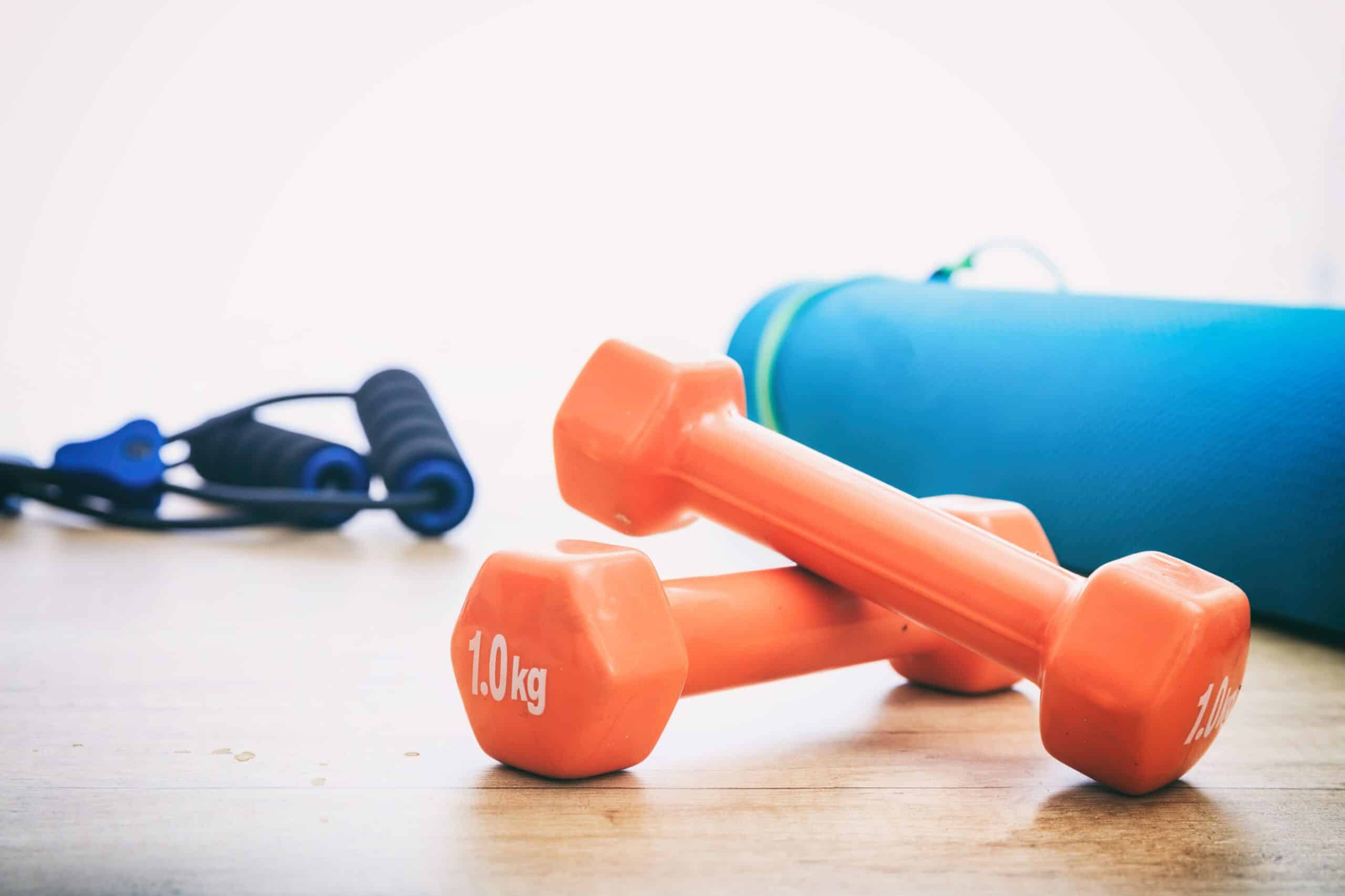Exercise has countless health benefits, but they do not last long if you stop exercising. In a matter of weeks, you can lose many of the benefits that you worked so hard to obtain. Cardiovascular conditioning, muscle strength, and flexibility all start to decline when you stop moving and hit the couch. This happens more rapidly in middle-aged and older individuals. So how can you maintain or improve your fitness level during this challenging time?
We live in a time when large segments of the population are either very active and fit, or they are sedentary. So how, during this pandemic, can fit people stay fit? And how can sedentary people get more active?
If you are fit and active, you must find creative ways to remain so. It may involve trying new things. For cardiovascular fitness, activities like running, cycling, and taking brisk walks are fine, as long as you maintain social distancing. Home strength workouts can be done with calisthenics, free weights, and exercise bands to maintain muscular strength. A stability ball can be used to improve core strength and endurance. Stretching can be done easily and should be done daily. Taking up yoga will enhance flexibility and also help with stress management. Many gyms and personal trainers are offering virtual workouts, and there are ample online exercise programs and fitness books that provide valuable guidance and routines.
If you have been sedentary, this downtime may be a great opportunity to get more active and improve your health. According to the Surgeon General’s Report on Physical Activity and Health, being sedentary is as dangerous as smoking a pack of cigarettes per day. So get off the couch, take a walk, do some yard work or gardening. If you have medical issues, always check with your physician to see if you can safely start to exercise.
For both groups—active and sedentary—there are things you can do to lessen the risk of orthopaedic or musculoskeletal issues with exercise. With any new activity, start slowly and follow the “10% rule.” That is, do not increase the intensity or duration of the activity more than 10% per week. This includes the distance you walk or the amount of weight you lift. Always warm up and stretch before activity. Wear appropriate footwear and use proper protective equipment when applicable. Stay well hydrated.
As COVID-related restrictions are lifted, follow CDC guidelines on resuming your favorite activity or sport. The American Council on Exercise (ACE) offers excellent information on staying active during the pandemic. Also, organizations like the United States Tennis Association (USTA) and the United States Golf Association (USGA) offer more sport-specific guidelines in terms of returning to play during COVID-19.
One thing is for certain, during normal times or a pandemic, being sedentary is not an option. Find ways to safely keep moving and avoid the body break-down that Dr. Cureton warned about.




